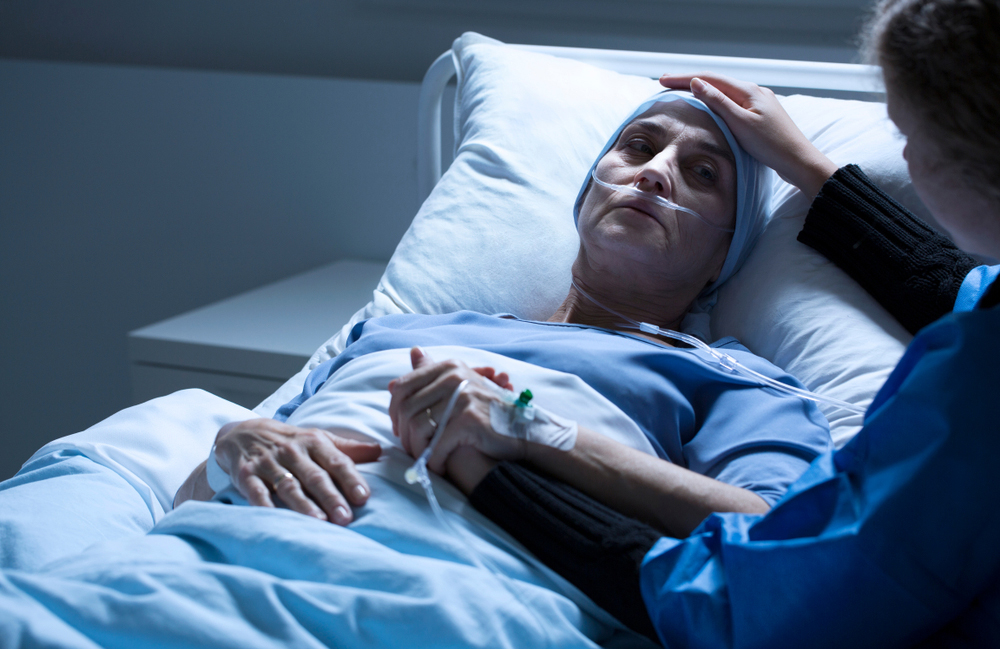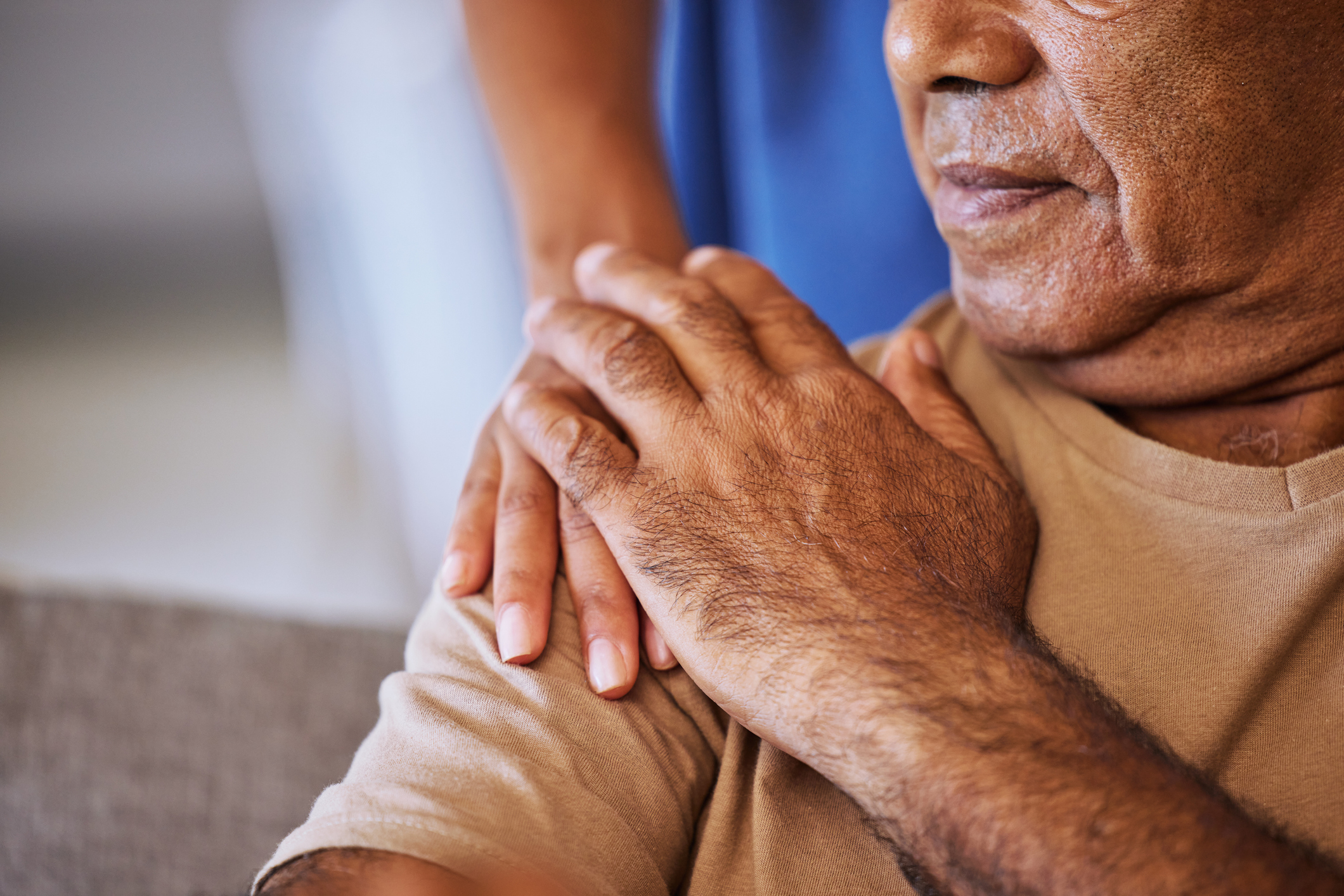The Unseen Journey: Navigating The End-of-Life Process
The concept of a "dying fetus tour" might sound unsettling, even morbid, at first glance. However, if we peel back the layers of its provocative nature, it can serve as a profound metaphor for a journey that every living being will eventually embark upon: the process of dying. This article aims to demystify this final stage of life, offering insights into what happens as death approaches, how to recognize its signs, and how to provide comfort and support to those traversing this deeply personal path. It’s a journey often shrouded in fear and uncertainty, yet understanding it can transform apprehension into empathy and preparedness, allowing us to face this universal experience with greater peace and compassion.
Far from a literal "tour" of something disturbing, our exploration will delve into the nuanced, often subtle, changes that signal the body's natural progression towards its end. Just as birth marks the beginning of life's incredible voyage, dying represents its culmination – a complex, individual process with recognizable stages. This guide is designed to shed light on these often-misunderstood transitions, empowering you with knowledge to navigate this sensitive time, whether for yourself or a loved one.
Table of Contents
- Understanding the Dying Process: A Universal Journey
- The Individual Experience of Dying: No Two Journeys Alike
- Early Signs: Approaching the End-of-Life Journey
- Physical Changes as Death Nears: Recognizing the Signs
- Emotional and Spiritual Aspects of the Dying Process
- Providing Comfort and Care During the Dying Process
- The Final Hours and Moments: What to Expect
- Grief and Goodbye: After the Journey Concludes
Understanding the Dying Process: A Universal Journey
Dying is the final stage of life which will eventually lead to death. It is a natural, biological process that, like birth, has stages and a recognizable progression. Yet, for many, the dying process is shrouded in mystery, fear, and a profound sense of the unknown. This lack of understanding can make it incredibly scary to think about or watch someone dying. However, gaining knowledge about what happens can alleviate some of this apprehension, allowing us to approach this inevitable part of life with greater clarity and compassion. Just as we prepare for major life events like marriage or childbirth, understanding the end-of-life journey can help us prepare for death, both our own and that of our loved ones.
Healthcare providers can recognize signs and symptoms that mean a person may be close to dying. This expertise is invaluable, but family members and caregivers can also learn to identify these indicators, enabling them to provide more informed and compassionate support. The journey towards death is not always linear or predictable; it can vary greatly from person to person. However, there are common physiological and psychological changes that serve as guideposts, helping us understand the body's natural transition. This article aims to illuminate these aspects, making the process less daunting and more understandable for everyone involved.
The Individual Experience of Dying: No Two Journeys Alike
Death is an individual experience, too. While there are common signs and stages, the pace and specifics of the dying process can vary significantly. For some people, the dying process may last weeks, offering a prolonged period for goodbyes, reflection, and resolution. For others, it may last a few days or hours, a rapid transition that can feel sudden and overwhelming. This variability underscores the importance of individual observation and personalized care. It means that what one person experiences might be different from another, even when facing similar health conditions. The speed of the process can vary from person to person, much like the speed of labor and delivery in birth. Medical support is sometimes needed to manage symptoms and ensure comfort, regardless of the pace.
Understanding this individuality helps us manage expectations and focus on the person's comfort and dignity above all else. It reminds us that there isn't a one-size-fits-all approach to end-of-life care. Instead, care must be tailored to the unique needs, preferences, and pace of the dying individual. This empathetic approach allows us to honor their journey, ensuring that their final moments are as peaceful and respectful as possible. It also emphasizes the importance of open communication with healthcare providers, who can offer insights specific to the individual's condition and trajectory.
Early Signs: Approaching the End-of-Life Journey
Recognizing the early signs that a person is close to dying can help families and caregivers prepare emotionally and practically. These signs are often subtle at first, gradually becoming more pronounced as the body begins to shut down. Knowing what to look for allows for timely interventions to ensure comfort and dignity, rather than prolonging suffering. It's common to wonder what happens when someone is dying, and these early indicators provide crucial insights into the body's natural progression towards its final rest. This understanding forms a vital part of what you should know about death and dying.
Decreased Appetite and Thirst
One of the most common and often earliest signs a person is close to dying is a significant decrease in appetite and thirst. As the body's metabolic needs decline, the desire for food and water diminishes. This can be distressing for loved ones who naturally want to ensure the person is nourished. However, it's important to understand that this is a natural physiological response, not a sign of neglect or starvation. The body is conserving energy, and forcing food or fluids can actually cause discomfort, such as nausea, vomiting, or aspiration.
Instead of focusing on intake, the emphasis shifts to mouth care to prevent dryness and provide comfort. Small sips of water, ice chips, or moist swabs can be offered if the person is able and willing. This phase is about respecting the body's natural process and ensuring comfort rather than fighting against it. It's a clear signal that the body is preparing for its final transition, reducing its need for external sustenance.
Increased Sleeping and Withdrawal
Another prominent early sign is increased sleeping and a general withdrawal from social interaction. The person may spend most of their time asleep, becoming increasingly difficult to rouse. This is due to a combination of metabolic changes, fatigue, and the body's natural inclination to conserve energy. As energy levels wane, the desire to engage with the external world diminishes. They may also appear less responsive or show less interest in activities or conversations they once enjoyed.
This withdrawal can be emotional for family members, who might feel disconnected. It's important to understand that this is part of the natural process of letting go. While they may be sleeping more, their hearing is often one of the last senses to go. Therefore, continuing to speak to them, hold their hand, or play comforting music can still provide solace and connection, even if they don't respond overtly. This period of increased rest is the body's way of preparing for the ultimate rest.
Physical Changes as Death Nears: Recognizing the Signs
As the dying process progresses, more pronounced physical changes become evident. These are direct results of the body's systems gradually shutting down, affecting vital organs and overall bodily functions. Recognizing these signs helps caregivers understand the immediate needs and provide appropriate comfort measures. These changes are a natural part of the body's final journey, signaling that the end is near.
Vital Sign Changes
Vital sign changes are critical indicators that death is approaching. These include fluctuations in heart rate, blood pressure, and breathing patterns. The heart rate may become irregular, either speeding up or slowing down. Blood pressure will typically drop significantly as the heart struggles to pump blood effectively. Breathing patterns can become erratic, characterized by periods of rapid, shallow breaths followed by periods of no breathing (apnea), known as Cheyne-Stokes respiration. This can be unsettling to witness, but it is a common and expected part of the process.
Other numbers may be irregular or unpredictable as your vital organs work less efficiently. The kidneys may produce less urine, and bowel movements may become infrequent or cease altogether. These changes reflect the body's systemic decline, as essential organs begin to fail. While these signs can be alarming, they are a natural progression, and the focus shifts from treatment to comfort care, ensuring the person is free from pain and distress.
Skin and Temperature Changes
When you’re dying, your body temperature drops, and your skin may feel cold or clammy to the touch, especially in the extremities like hands and feet. This is due to decreased circulation as blood flow is redirected to the vital organs. The skin may also take on a mottled or bluish-purplish appearance, particularly on the knees, feet, and hands, a phenomenon known as "mottling." This is another sign of reduced circulation and is a common indicator of impending death.
While the skin may feel cold externally, the person may not necessarily feel cold internally. Providing light blankets for warmth and ensuring comfortable positioning can help. It's important to avoid heavy blankets, which can be oppressive. These skin and temperature changes are visual cues that the
- District Attorney Sandra Doorley
- Jennifer Lopez Sex Tape
- Miranda Kerr Nude
- Jason Dohring
- Cami Strella Porn

What to do when someone is dying | Reader's Digest Australia

The Dying Process - Palliative Care Australia

The Symptoms of Dying - The New York Times